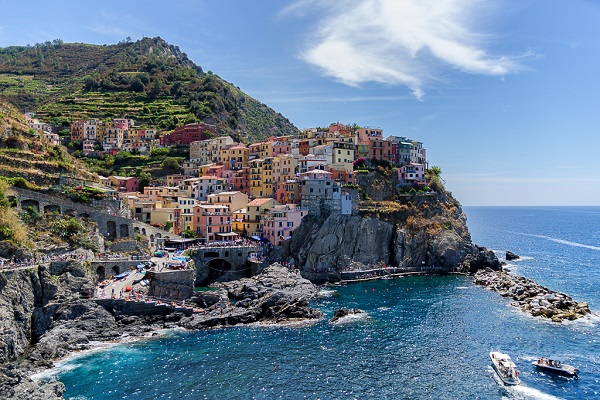Diseño CSS - Ejemplos flotantes
Esta página contiene ejemplos de flotadores comunes.
Cuadrícula de Cajas / Cajas de Igual Ancho
Caja 1
Caja 2
Caja 1
Caja 2
Caja 3
Con la floatpropiedad, es fácil hacer flotar cuadros de contenido uno al lado del otro:
Ejemplo
* {
box-sizing: border-box;
}
.box {
float: left;
width: 33.33%; /* three
boxes (use 25% for four, and 50% for two, etc) */
padding:
50px; /* if you want space between the images */
}
¿Qué es el tamaño de la caja?
Puede crear fácilmente tres cajas flotantes una al lado de la otra. Sin embargo, cuando agrega algo que aumenta el ancho de cada cuadro (por ejemplo, relleno o bordes), el cuadro se romperá. La box-sizingpropiedad nos permite incluir el relleno y el borde en el ancho (y alto) total de la caja, asegurándonos de que el relleno quede dentro de la caja y que no se rompa.
Puede leer más sobre la propiedad de tamaño de caja en nuestro Capítulo de tamaño de caja CSS .
Imágenes una al lado de la otra



La cuadrícula de cuadros también se puede usar para mostrar imágenes una al lado de la otra:
Ejemplo
.img-container {
float: left;
width: 33.33%; /* three
containers (use 25% for four, and 50% for two, etc) */
padding:
5px; /* if you want space between the images */
}
Cajas de igual altura
In the previous example, you learned how to float boxes side by side with an equal width. However, it is not easy to create floating boxes with equal heights. A quick fix however, is to set a fixed height, like in the example below:
Box 1
Some content, some content, some content
Box 2
Some content, some content, some content
Some content, some content, some content
Some content, some content, some content
Example
.box {
height: 500px;
}
However, this is not very flexible. It is ok if you can guarantee that the boxes will always have the same amount of content in them. But many times, the content is not the same. If you try the example above on a mobile phone, you will see that the second box's content will be displayed outside of the box. This is where CSS3 Flexbox comes in handy - as it can automatically stretch boxes to be as long as the longest box:
Example
Using Flexbox to create flexible boxes:
Tip: You can read more about the Flexbox Layout Module in our CSS Flexbox Chapter.
Navigation Menu
You can also use float with a list of hyperlinks to create a horizontal menu:
Example
Web Layout Example
It is also common to do entire web layouts using the float property:
Example
.header, .footer {
background-color: grey;
color: white;
padding: 15px;
}
.column {
float: left;
padding: 15px;
}
.clearfix::after {
content:
"";
clear: both;
display: table;
}
.menu {
width: 25%;
}
.content {
width: 75%;
}
More Examples
Let an image float to the right in a paragraph. Add border and margins to the image.
Let an image with a caption float to the right.
Let the first letter of a paragraph float to the left and style the letter.
Use float to create a homepage with a navbar, header, footer, left content and main content.
All CSS Float Properties
| Property | Description |
|---|---|
| box-sizing | Defines how the width and height of an element are calculated: should they include padding and borders, or not |
| clear | Specifies what should happen with the element that is next to a floating element |
| float | Specifies whether an element should float to the left, right, or not at all |
| overflow | Specifies what happens if content overflows an element's box |
| overflow-x | Specifies what to do with the left/right edges of the content if it overflows the element's content area |
| overflow-y | Specifies what to do with the top/bottom edges of the content if it overflows the element's content area |
